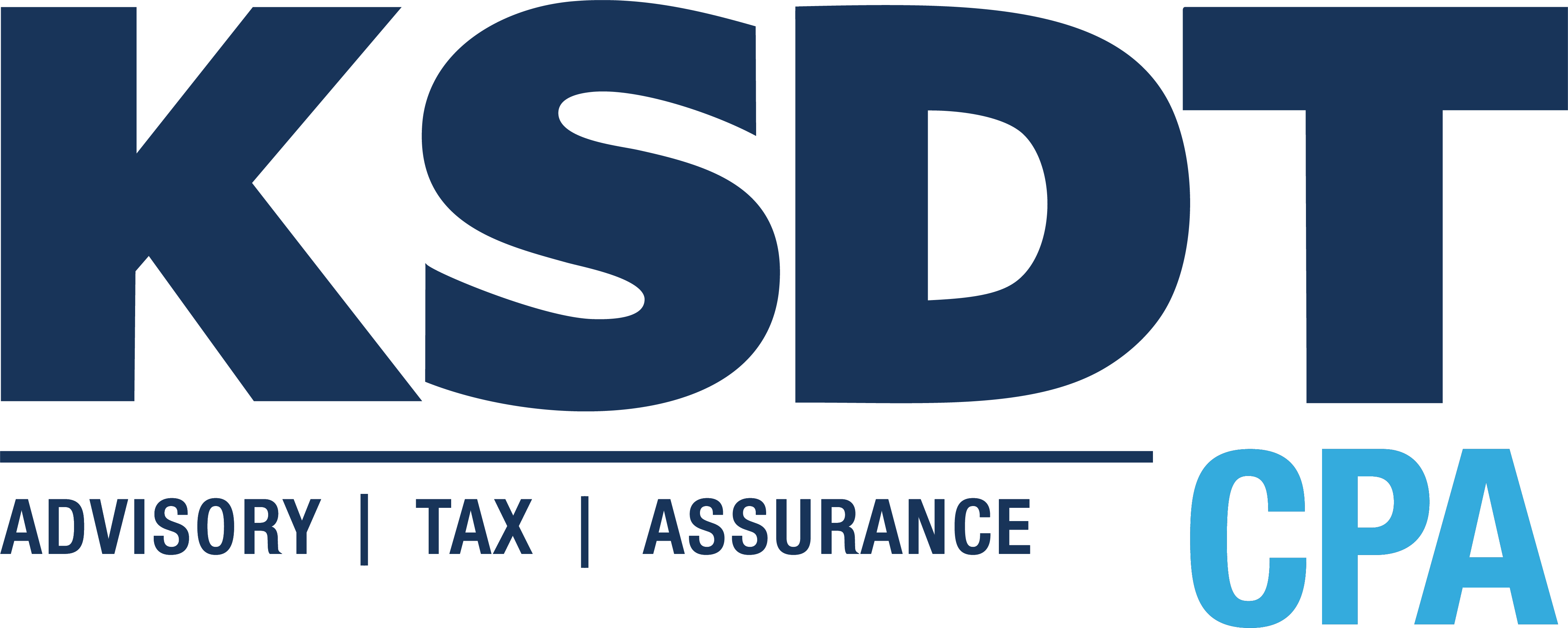Investment income refers to the money you make on various types of investments, such as stocks, bonds, mutual funds, real estate, and interest-bearing accounts. It can be categorized into two main types: ordinary income and capital gains.
Ordinary Income: Ordinary income from investments includes interest, dividends, and rental income. Let’s briefly explore each:
a) Interest: If you earn interest from investments like savings accounts, certificates of deposit (CDs), or bonds, that income is generally taxable. It is typically taxed at your ordinary income tax rates, which vary based on your income level.
b) Dividends: Dividends are a company’s earnings distributions to its shareholders. They can be classified as either qualified or non-qualified dividends. Qualified dividends, which meet specific criteria, are subject to lower tax rates similar to long-term capital gains. Non-qualified dividends are typically taxed at ordinary income tax rates.
c) Rental Income: If you invest in real estate and receive rental income, it is generally considered ordinary income and is subject to taxation at your applicable tax rates. However, you may be able to offset this income with eligible expenses, such as mortgage interest, property taxes, depreciation, and maintenance costs.
Capital Gains: Capital gains occur when you sell an investment for a profit. The taxable portion of capital gains can be further divided into short-term and long-term gains:
a) Short-Term Capital Gains: If you hold an investment for one year or less before selling it, any profit you make is considered a short-term capital gain. Short-term capital gains are taxed at your ordinary income tax rates.
b) Long-Term Capital Gains: Investments held for more than one year before being sold may qualify for long-term capital gains treatment. At the federal level, the tax rates for long-term capital gains are generally lower than ordinary income tax rates and vary based on your income level. At the state level, while a handful of states tax such gains at a lower rate than the state ordinary income tax rates, most states tax all income, regardless of type, at the same rate.
Net Investment Income Tax: In addition to regular income taxes, certain high-income individuals may be subject to the Net Investment Income Tax (NIIT). The NIIT is a 3.8% federal tax on the lesser of your net investment income or the excess of your modified adjusted gross income (MAGI) over a specific threshold:
· For single or head-of-household filers, the threshold is $200,000.
· For married couples filing jointly, the threshold is $250,000.
Net investment income includes interest, dividends, capital gains, rental income, royalties, and passive income from businesses. It is essential to consult with a tax professional to determine if you are subject to the NIIT and how it may impact your tax liability.
Strategies to Minimize Investment Income Taxes: While taxes are a necessary part of investing, there are strategies you can employ to minimize their impact:
1. Tax-Advantaged Accounts: Consider investing in tax-advantaged accounts like individual retirement accounts (IRAs), 401(k)s, or Health Savings Accounts (HSAs). These accounts offer tax benefits that can help reduce your overall tax liability.
2. Tax-Loss Harvesting: If you have investments that have decreased in value, you can sell them to offset capital gains from other investments. This strategy, known as tax-loss harvesting, can help reduce your taxable income.
3. Holding Periods: By holding investments for more than one year, you may qualify for the lower long-term capital gains tax rates.
Donating Stocks to Charity: By directly donating appreciated stock (that has been held long-term) to charity, you don’t have to recognize a taxable capital gain, but you can still receive a charitable contribution deduction for the fair market value of the stock (if you itemize deductions). This allows for a much greater tax benefit than if you sell the stock and then donate the funds, because you will pay capital gains tax on the gain from the sale!





